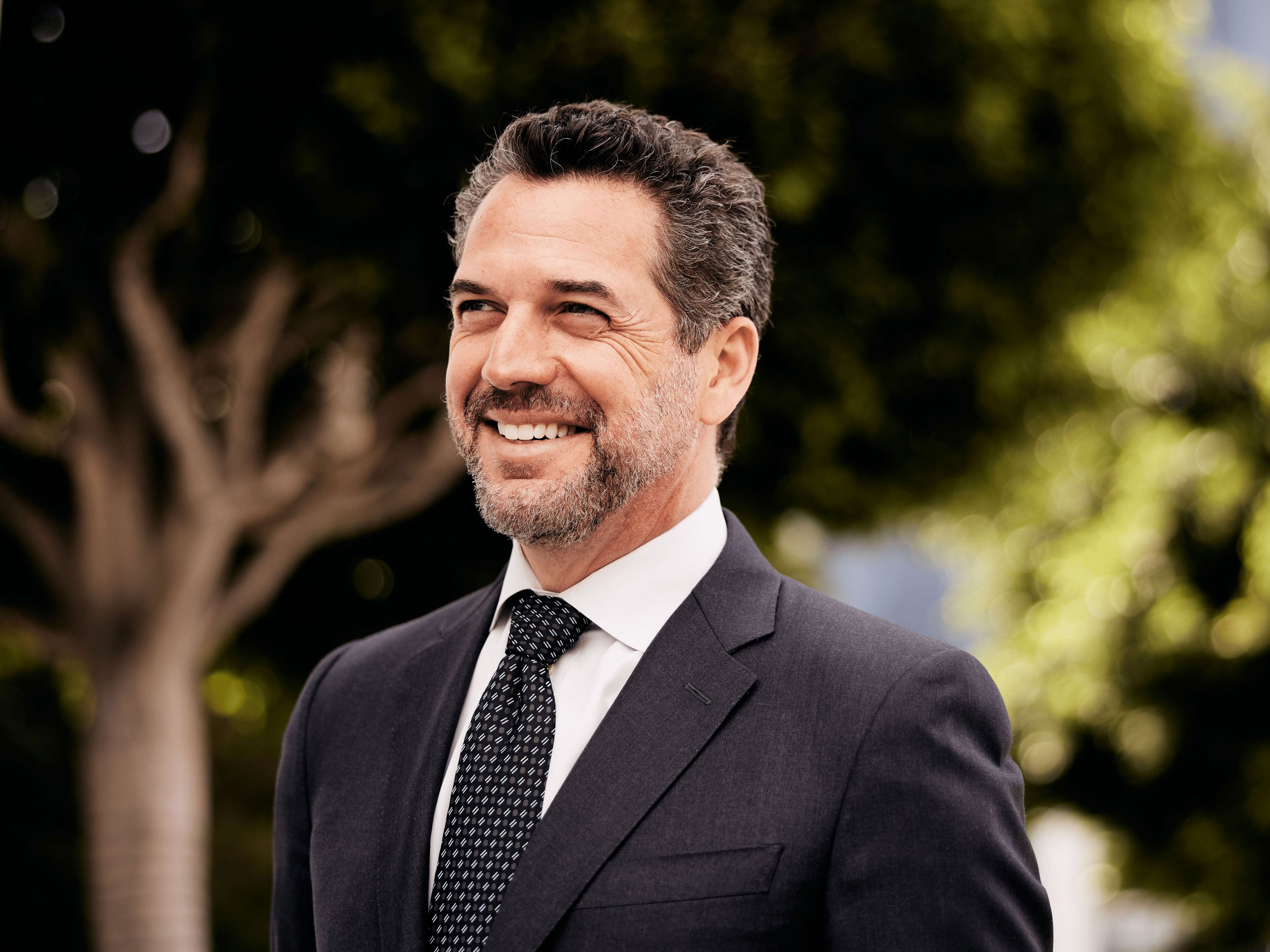- Home
- About
-
Procedures
-
Breast
- Breast Explant Surgery
- Breast Implant Illness
- Breast Implant Removal
- Breast Lift
- En Bloc Capsulectomy
- Breast Reduction
- Ruptured Breast Implants
- Capsular Contracture
- Breast Implant Problems
- Tuberous Breast Correction
- Breast Revision Surgery
- Male Breast Reduction for Gynecomastia
- Breast Reconstruction
- Body
- Face
- Nose
- Non-Surgical
-
Breast
- Testimonials
- Media
- Resources
-
Contact
Scar Revision Beverly Hills
With the help of Dr. Brenner and his team, you can achieve a smoother, more even skin tone and feel more confident in your appearance.
With the help of Dr. Brenner and his team, you can achieve a smoother, more even skin tone and feel more confident in your appearance.
Understanding Scar Revision
If you have a scar that you feel self-conscious about, you may be wondering if scar revision is an option for you. Scar revision is a procedure that aims to minimize the appearance of scars, improving their texture, color, and overall visibility. Dr. Kevin Brenner is a board-certified plastic surgeon specializing in scar revision and can help determine if this procedure is right for you.
Types of Scarring
There are several types of scars, and the type of scar you have will determine the best approach for revision. Some of the most common types of scars include:
- Keloid scars: raised, thick scars that extend beyond the original injury site.
- Hypertrophic scars: raised, thick scars that stay within the boundaries of the original injury site.
- Contracture scars: scars that tighten skin and underlying tissue, often resulting from burns.
- Atrophic scars: scars that appear sunken or depressed, often resulting from acne or injury.

Gallery
View GalleryBenefits of Scar Revision
One of the most significant benefits of scar revision is the improvement in the appearance of the scar. Scar revision can help reduce the scar's size, depth, and color, making it less noticeable. This can be particularly important if the scar is visible, such as on the face or neck. Scar revision can also help improve the scar's texture, making it smoother and more even.
Scar revision can also improve the function of a scar. For example, if a scar is causing tightness or restriction of movement, scar revision can help to release the tension and improve mobility. Scar revision can also help to reduce pain or discomfort associated with the scar.
Scar Revision Techniques
Surgery
Surgical revision involves removing the scar tissue and rejoining the skin. This can be done using a variety of techniques, including:
- Simple excision: the scar is removed, and the skin is rejoined with sutures.
- Z-plasty: the scar is repositioned, and the skin is rejoined in a different direction, which can help to make the scar less noticeable.
- Flap surgery: skin from a nearby area is moved over the scar to cover it.
Surgical revision is usually done under local anesthesia and can be done as an outpatient procedure. It's important to note that scar revision surgery cannot completely remove a scar but can improve its appearance. Additionally, scars may change over time, even after revision surgery.
Laser Therapy
Laser therapy is a non-invasive technique that uses a laser to remove the top layer of skin, which can help to reduce the appearance of scars. Different types of lasers can be used, depending on the type of scar. Laser therapy can be done in the office and usually takes less than an hour.
Dermabrasion
Dermabrasion involves removing the top layer of skin using a special tool. This can help to reduce the appearance of scars and can also be used to treat other skin conditions, such as acne scars. Dermabrasion is usually done under local anesthesia and can be done as an outpatient procedure.
Why Choose Dr. Brenner for Scar Revision?
When it comes to scar revision, you want to choose a doctor with the experience, expertise, and compassion to help you achieve the best possible outcome. Dr. Brenner is a board-certified plastic surgeon with over 20 years of experience in scar revision. He has helped countless patients improve the appearance of their scars and regain their confidence.
If you're ready to take the first step towards improving the appearance of your scars, book a consultation with Dr. Brenner today. He will evaluate your scars, discuss your options, and help you make an informed decision about your treatment.


